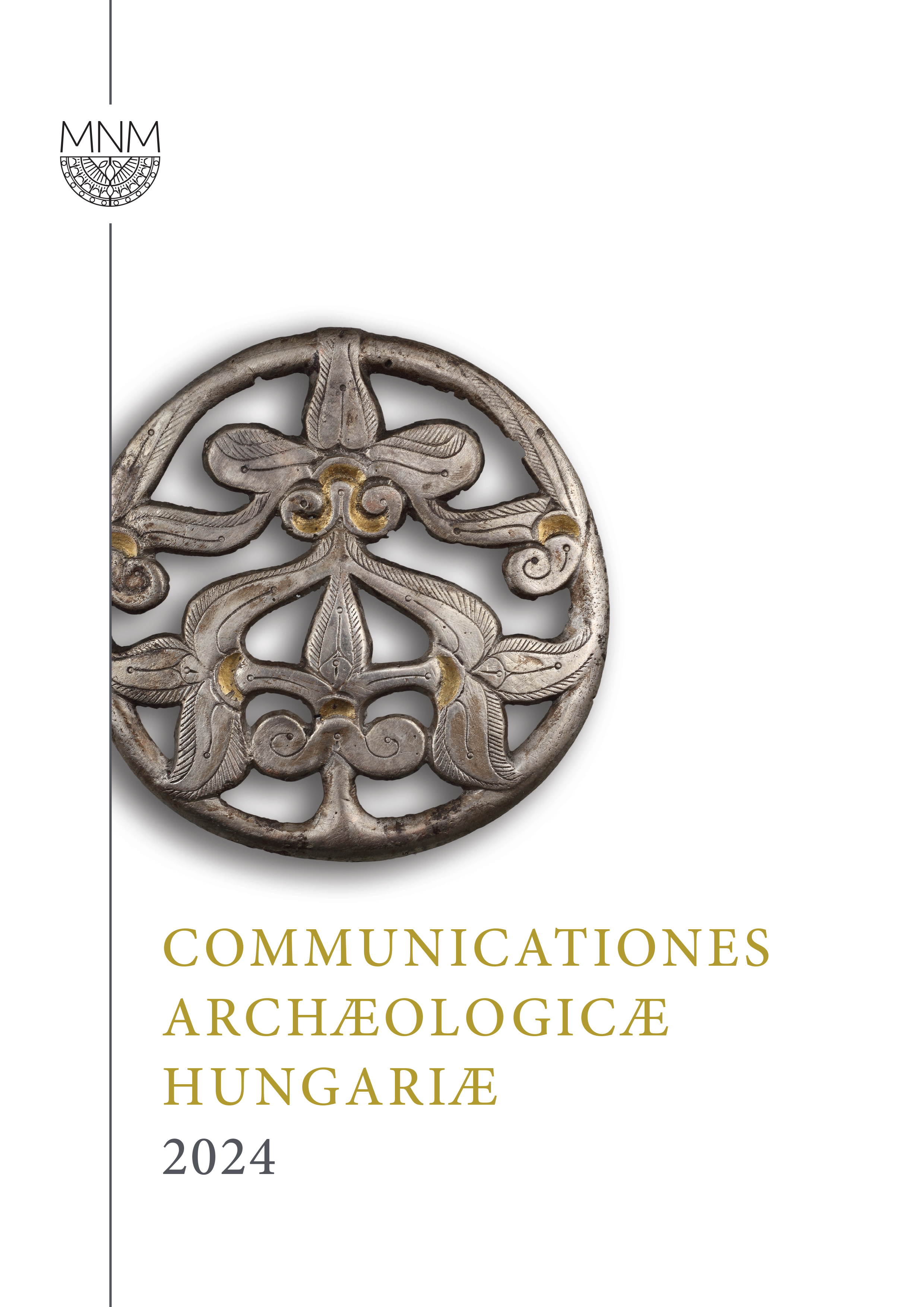Central places or ritual places and the oldest hillforts in Slavic territory in Central and Eastern Europe (5th/6th–7th centuries)
Published 2024-12-19
Keywords
- hillfort,
- defence,
- funerary practice,
- Upper and Middle Dnieper Basin,
- Tushemla-Bancherovska Culture
- Kolochin Culture,
- Prague Culture ...More
How to Cite
Abstract
Besides the open settlements commonly linked with Early Slavs, another settlement type, consisting of a hillfort-like part and some small hamlets in its vicinity, is also present in the 5th/6th–7th-century AD archaeological record of Eastern and Central Europe, with concentrations in the Upper Dnieper and Middle Daugava basins. A part of these ‘hillforts’ probably served basic defensive purposes, providing shelter for the nearby communities in times of danger (Shmidt 2003, 22–23). Another use of such hillforts along the upper course of the Dnieper was suggested by Tret’yakov (Третьяков), who referred to them as ‘sanctuary hillforts’ (Tret’yakov 1958). In light of recent research, some of these sites were really used for purposes other than defence, related to the religious and funerary realm instead. By systematising and completing earlier descriptions, the hillforts in focus – of this latter type – can be characterised by their setting (rising above the surrounding landscape), specific layout of their interior, insignificant defence abilities, presence of layers with burnt bones (including humans), and the presence of artefacts (including imports and items associated with non-agricultural activities) otherwise unusual in the find material of the cultures emerging at the beginning of the Early Middle Ages in Central and East Europe (Dulinicz 2000, 85). These hillforts were likely multifunctional, serving diverse purposes and always adapting to actual demand.


